How to sprout peas at home, for planting, for eating sprouts

Planting many plants requires special preparation and compliance with certain conventions. So, it is important to know how to germinate peas at home.
Despite the fact that this is a fairly unpretentious plant, its cultivation requires some attention.
Content:
- Peas, plant description
- How to sprout peas for a raw food diet
- Pea sprout recipes
- Benefits and harms of the product
- Growing Patio Peas as a Houseplant
- How to germinate peas at home for planting
- Features of plant care when growing in open ground
Peas, plant description
This is an annual herbaceous plant, the genus of which is divided into seven species.
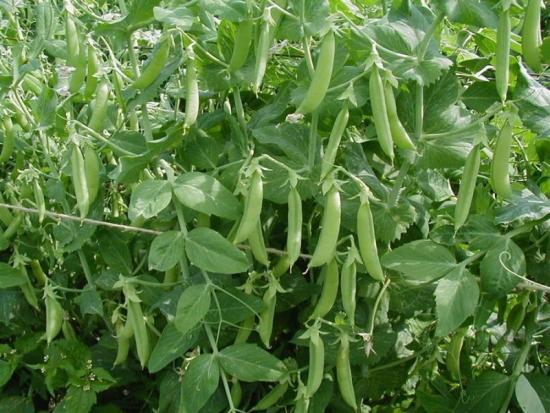
Characteristic features include:
- Weak, curly shoots that often need support;
- At the ends of the branches there are tendrils, due to which they are attached to supports and white flowers, which are subsequently transformed into pods;
- It can reach from half a meter to one and a half meters in height;
- The fruits are represented by small peas, which on average reach 0.5 cm. From five to ten peas can be collected in one pod;
- The fruits contain a large amount of beneficial vitamins of groups A, B, C, macro- and microelements and sugars.
The large amount of nutrients that are part of its fruits make this legume representative healthy.
In particular, it has a beneficial effect on the functioning of the cardiovascular and digestive systems.
How to sprout peas for a raw food diet
In a raw food diet, both young peas and their sprouts are used.
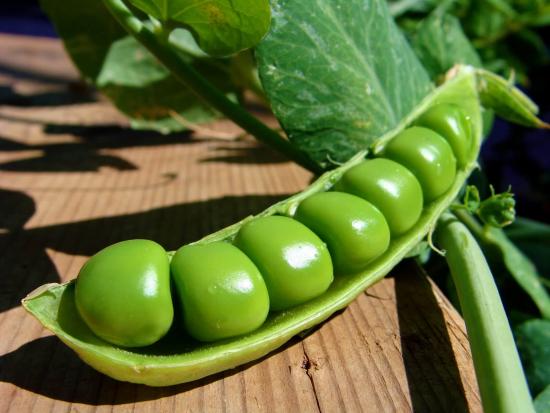
In order to get the latter at home, no effort is required, you must:
- Wash the dried peas thoroughly and place them in a deep container;
- Cover with gauze and fill the container with water at room temperature. In this case, it is important that there is several times more liquid than seeds;
- Place the soaked seeds in a warm place, away from the sun, for twelve hours;
- After this, rinse the seeds and return them to the container, covering them with gauze. After this, keep it in water for 24 hours, changing it every four hours;
- Sprouts appear within a day and a half. Suitable for consumption are those that have reached 2-5 mm;
- The resulting sprouts can be stored in a tightly closed container under damp gauze.
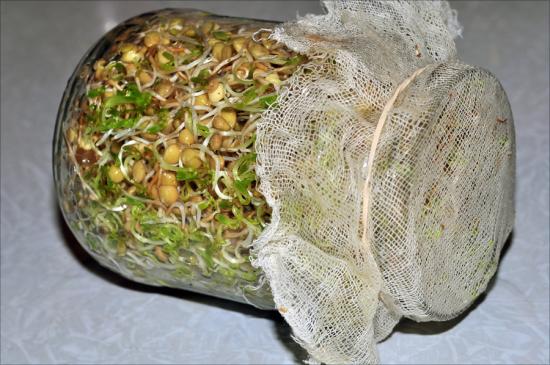
They remain suitable for consumption for five days, but it is recommended to wash the sprouts from mucus from time to time, and it is recommended to blanch them before eating.
It is not recommended to store sprouted seeds for more than five days. Consumption of such sprouts will not be beneficial for the body.
Let's watch a video on how to germinate peas at home:
Pea sprout recipes
Seed sprouts can be served on the table as a separate dish or as an additive.
However, it is important to consider several rules for their consumption:
- It is recommended to eat sprout dishes in the first half of the day, preferably for breakfast;
- It’s better to start with a few pieces, gradually increasing to one hundred grams;
- Consumption of sprouts must be interrupted for a short break.
In order to bring variety to the table, people have come up with many recipes and unexpected combinations of sprouts with other products.
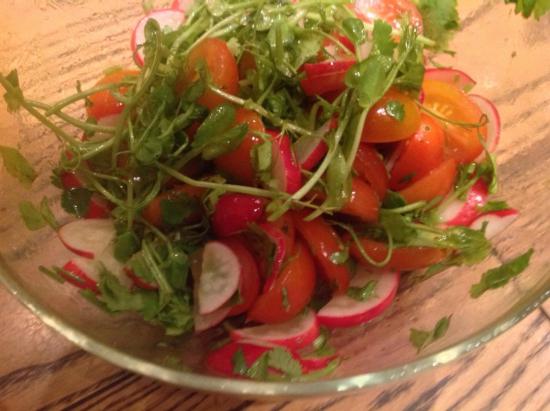
Particularly notable ones include:
- A paste that can be prepared by mixing sprouts, zucchini and garlic. Sesame seeds with a few drops of lemon juice or olive oil add special piquancy;
- Sprout juice has a whole range of nutrients, which makes it not only an original, but also an extremely healthy dish;
- Sprout salads can be very diverse. You can season the sprouts in a salad with cucumbers, tomatoes, and radishes. In fact, they go well with any vegetable salad.
In addition to the additive in its raw form, it is practiced to grind the sprouts in a blender and then add the mixture to porridge or pie filling.
Such an experiment not only adds originality to any dish, but also enriches the body with useful elements.
Benefits and harms of the product
It is difficult to overestimate the benefits of legumes for the human body.

The main positive qualities of these products include:
- Rich content of nutrients and minerals (proteins, amino acids, calcium, magnesium, phosphorus);
- A large amount of zinc in sprouts stabilizes the functioning of the prostate gland, which is especially important for men;
- Optimization of the functioning of the digestive and cardiovascular systems;
- Increasing the defense capacity of the immune system;
- During pregnancy, consumption of legumes helps alleviate the unpleasant symptoms of toxicosis;
- Improving the condition of skin and hair.
However, it is important to consider that along with the positive aspects, consuming legumes also has negative aspects.
So it is recommended to pay special attention to some problems in which the consumption of legumes is undesirable:
- Diseases of the large intestine are a direct contraindication to the consumption of legumes;
- Acute gastritis and nephritis;
- Peptic ulcers of the stomach and duodenum;
- Urolithiasis disease;
- Gout;
- Old age and children - sprouts are poorly digested and lead to excessive gas formation in the intestines.
Peas have a rich chemical composition, due to which its consumption has a beneficial effect on the body. However, before introducing it into the menu, it is recommended to make sure that it will be well received by the intestines.
Growing Patio Peas as a Houseplant
Patio peas are early ripening varieties. Quite compact and easy to care for, it will decorate any windowsill with lush greenery.

To grow you need:
- Prepare the container in advance, fill it with light, fertile soil;
- Place the seeds in a damp cloth or saucer with water for germination. The first roots can be observed within a day;
- After the roots have formed, plant the seeds;
- It is recommended to place the container on the southeast windowsill;
- It is important not to forget about the need to systematically loosen the soil;
- Water as the substrate dries.
Legumes are not demanding in care and the only thing worth paying attention to is watering. Stagnation of water leads to rotting of the roots, which completely destroys the plant.
On how to grow Patio peas indoors, watch an interesting video:
How to germinate peas at home for planting
Growing at home is quite simple, but you should pay attention to some nuances. To begin with, it is recommended to choose the right container.
The pots are suitable, but too much moisture accumulates in them, which negatively affects the fruit.
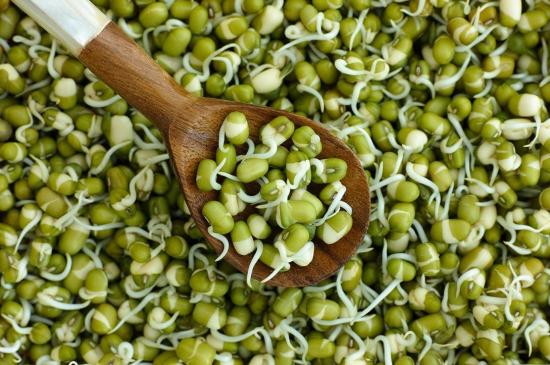
Cups are also not the best option, since the plant will have to be picked later. It is optimal to plant seeds in separate containers or boxes.
After the container has been selected, it is recommended to pay attention to the selection of soil. Garden soil is suitable, but first you need to prepare it, destroy harmful microorganisms that lead to plant diseases and its subsequent death.
To prevent possible unpleasant consequences, it is enough to treat the soil with boiling water and dry it. It is recommended to hold the event several weeks before the actual landing.
The sowing time depends on the variety, but you shouldn’t get too attached to it. Peas bear fruit not only in open substrate, but also on the windowsill.
It is recommended to plant seeds that have been germinated in water in advance, planting them to a depth of several centimeters with a distance of up to ten centimeters between each seed.
After the seeds are spread out, they are sprinkled with soil and covered with film. After the sprouts appear, the film can be removed.
Features of plant care when growing in open ground
One of the features of peas is its deep root system, so it is recommended to plant seeds in open ground after it has warmed up sufficiently.
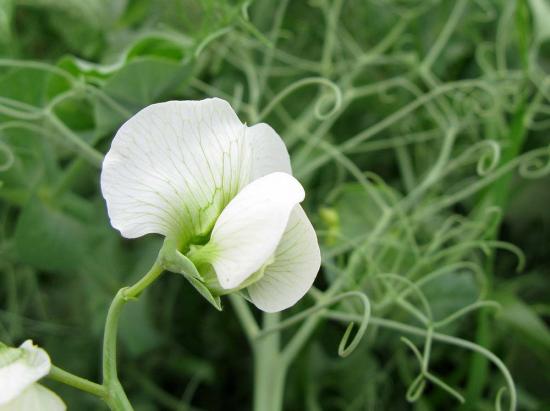
In order for cultivation to be as productive as possible, it is recommended:
- In the fall, carefully dig up the area prepared for planting and add 20 g of potassium salt and 50 g of superphosphate per m2;
- Don't grow legumes in the same place every year. The optimal precursors for legumes are nightshades, cabbage, and cucumber;
- Before planting, you need to sort out the seeds, discarding damaged ones, treat them with boric acid and dry them.
- Planting is carried out in beds, in furrows up to 8 cm deep, at a distance of 10 cm seed from seed;
- After the sprouts reach two weeks of age, the phase of active plant care begins. It is necessary to regularly loosen and hill up young plants, systematically remove weeds;
- After the height of the plant reaches a quarter of a meter, it is recommended to install additional support so that the bush does not lie on the ground;
- It is important not to forget about the need for watering. So once a week it is necessary to add at least 10 liters of water per m2. In case of drought, the frequency of watering is doubled;
- Several times a month, along with watering, it is necessary to apply fertilizing; just add a few spoons of nitroammophoska to the water at the rate of 10 l/m2.
Harvesting depends on the variety, but on average the pods ripen within 60-80 days;
After the peas have been harvested, it is recommended to fertilize the soil with compost.
One of the main aspects of caring for any plant is pest and disease control.
The most common problems of peas are attack by parasites (pea moth, leaf roller, garden and cabbage cutworms) and damage by mosaic viruses.
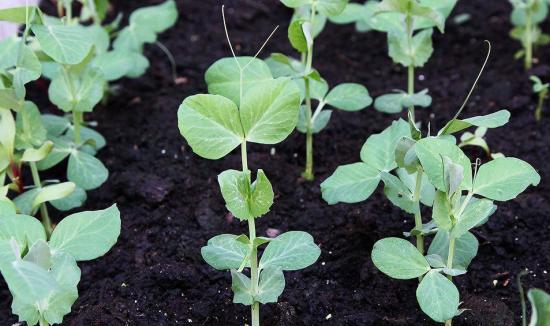
However, there is no need to panic. You can repel pests with the help of tinctures of garlic and tomato greens. In especially severe cases, salvation can be found in insecticides.Fungicides (Topaz, Quadris) will save you from the mosaic virus.
Growing peas at home does not require much effort or skill. It is enough to follow simple planting and care rules to get a bountiful harvest of fresh herbs or nutritious sprouts.

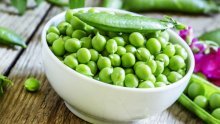
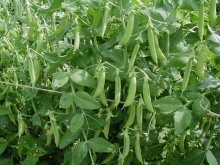
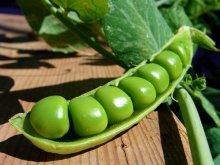
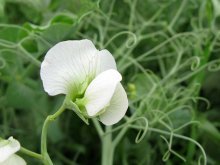


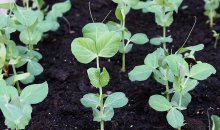
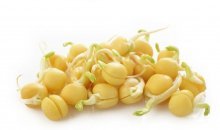

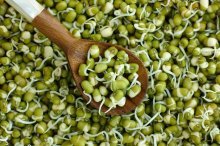
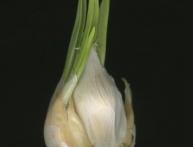


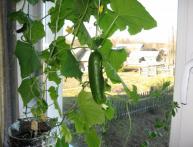
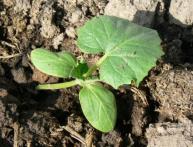
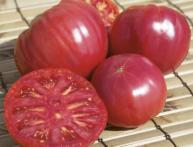

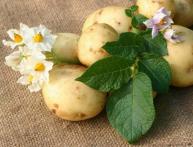
Comments
I have never tried sprouted peas, does it really have so many healing properties? It is possible that the peas themselves, if you make soup from them, are not much inferior in healing properties to their sprouts.
I have never sprouted peas before planting, I just soak them for a day, and there are never any problems with germination. But regarding sprouting, to use the sprout for food, you will need to try it.